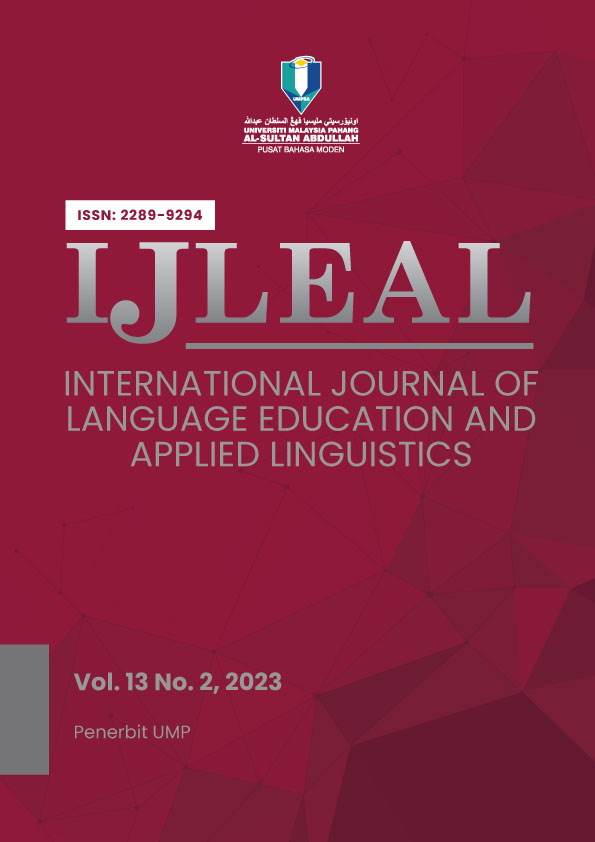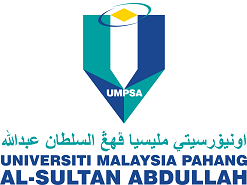Mind-mapping Strategy in Process Writing Approach: Idea Extension Evidence for Introductory Paragraph
DOI:
https://doi.org/10.15282/ijleal.v13i2.9433Keywords:
Ideas extension, Introductory paragraph, Mind-mapping, MUET, Process writing approachAbstract
Extending ideas in essay writing is challenging for many ESL students, let alone the low ones. The students need help writing ideas, even in the introductory paragraph. Mind mapping strategy could help students develop ideas by forming wh-questions using identified keywords. Hence, this research is conducted to determine the evidence of a mind-mapping strategy in extending ideas for writing introductory paragraphs in the Malaysian University English Test (MUET) Writing Task 2 (Extended Essay). Also, it intends to explore the students’ steps in the mind-mapping strategy to extend ideas in the introductory paragraph writing process. The research design is a sequential explanatory mixed-method approach where data were gathered through a needs assessment survey, diagnostic tests, and semi-structured interviews. Process writing activities were designed as a treatment after the survey, and pre-test scores supported the necessity to employ the mind-mapping strategy to the experimental group. Conversely, a control group was formed to contrast the strategy with free writing activities. Test scores of the two groups after eight weeks of the treatment were compared using Klimova’s (2014) writing components. The diagnostic pre and post-test scores on ideas extension showed evidence of the strategy. The qualitative findings also augmented the strategy’s usefulness in five aspects: 1) as an idea generation strategy; 2) using keywords and wh-questions; 3) clear step-by-step processes; 4) improved idea development; and 5) the importance of a good beginning. Further study could expand the strategy’s advantages in idea extension and content paragraph organisation for the MUET writing tasks and other essay writing processes.
Downloads
Published
Issue
Section
License
Copyright (c) 2023 Universiti Malaysia Pahang Publishing

This work is licensed under a Creative Commons Attribution-NonCommercial 4.0 International License.




